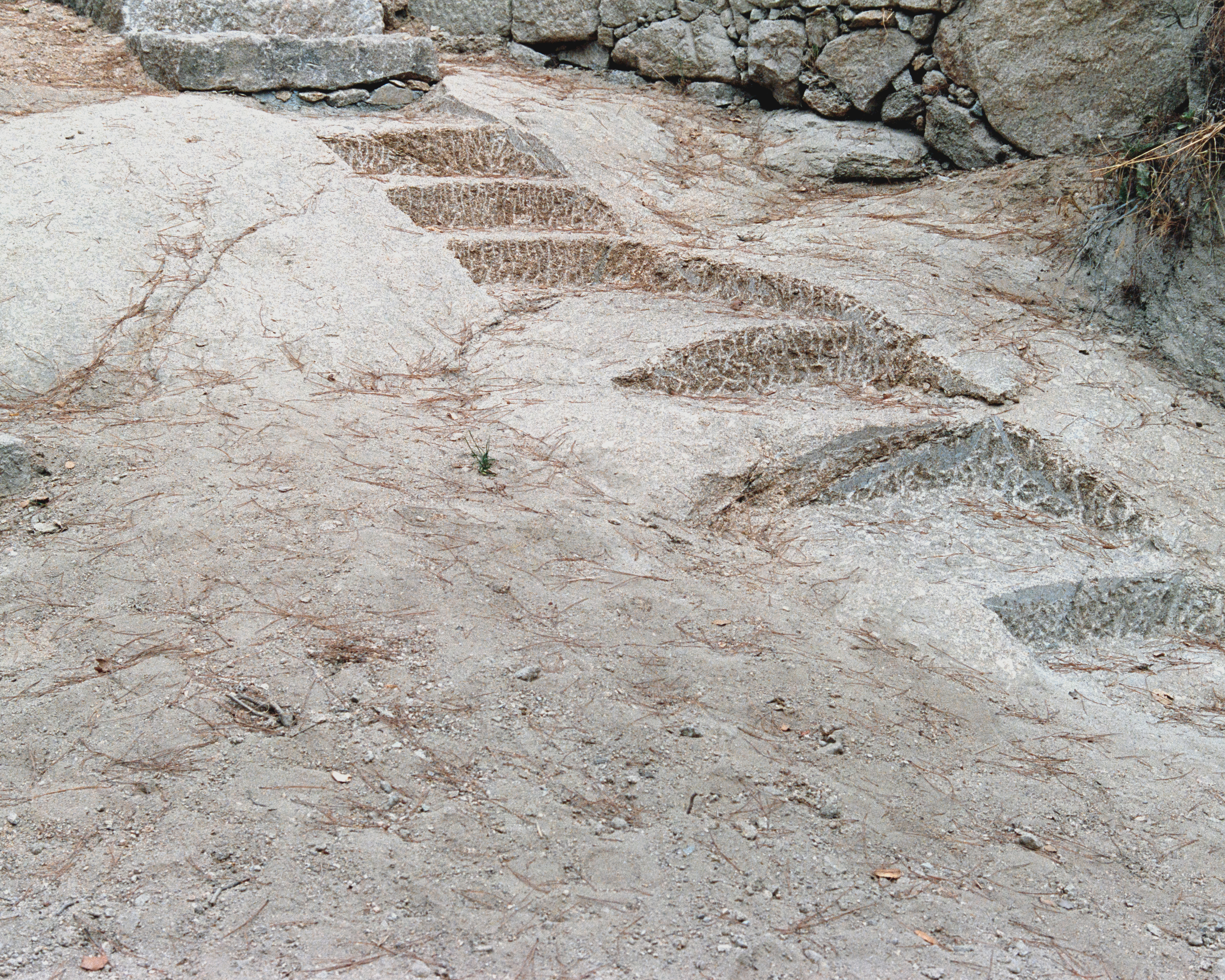A local practice, or between the sufficient and the indispensable
Inês Vieira Rodrigues, AMAG PT #04, 2023 Link


O conjunto dos seis projectos aqui representados celebra a experimentação e a discussão do costumeiro, numa demonstração dos resultados das economias (de meios) e das ecologias (das circunstâncias) próprias à arquitectura do atelier local.
In each of the purposes to which they dedicate themselves, their political commitment is fulfilled in their endeavor to distinguish what is essential, what already exists before they are called upon to intervene. This is the fundamental condition that governs their practice: conformity to the concrete. As such, it confirms the relevance of the name “local” when referring to the studio and the adjective “local” when reflecting on the way of designing that they favor. To be local is, in some sense, to elegantly decline a marked authorship. To design in a local guideline is to refuse insensitivity. They therefore lend themselves to the consequences of the dialog of those who take part in a conversation. Only a dialogical methodology can conceive of examples like the one observed in the House in Paranhos, where the neighbor participated in the rigorous design of the wall; and, on the same wall, the unusual mirror, the placement of which was a mere coincidence of workmanship. The House-atelier’s garden also pays homage to sharing as it is cultivated by a farmer who occasionally leaves some cabbages ready to eat on the smaller outdoor table, near the kitchen.
When one starts from the local, the reflection inevitably moves on to the global, with a particular focus on the supposed externalities of architectural production. The last built house, the House in Ancede, remains as a testimony to the effort that was thwarted by the context. In essence, it gives shape to the problem of demand for the local, which remained to be overcome: faced with the impossibility of using materials that would respond to the most appropriate ecologies, the project had to give in on some of the construction premises. It was an inevitable deviation from the constraints dictated by the contemporary scenario, marked by inflation and labor shortages. Consequently, it is a work that is symptomatic of the mercantile logics that, for now, seem insurmountable. Here is an example of how to try to be coherent. All in all, sustainability is measured here by considering the working and environmental conditions in which the materials are extracted and produced, the awareness of the origin and type of transport used for this purpose.
Even though they are each a problem – once again, local and global, if you will forgive the repetition – the three projects underway are drawing on the lessons of the three houses that have been built. Apparently unrealizable budgets remain a constant condition (for now), to be orchestrated between program, legal and material constraints. To a certain extent, the aim of atelier local seems to have been to materialize architectural reveries. In this sense, the houses are a kind of “realizable utopias”, an expression drawn from Yona Friedman’s theory (1975), given that they derive from common dissatisfactions and presuppose a collective consent.
In the architecture of atelier local, as opposed to the Aristotelian dictum, the sum of the parts is greater than the whole: the perception of the program and the volume is not enough to ascertain the sophistication of the components. Here, poetic reasons find a material embodiment that pure arithmetic does not allow. Some will say that this is not for daydreamers. The perspicacity lies in the balance between the sufficient and the indispensable in everyday things, in fulfilling the assumption that Il fera beau demain (1995), the manifesto of Anne Lacaton & Jean-Philippe Vassal that atelier local delicately recalls and upholds. Tomorrow will surely be a beautiful day.